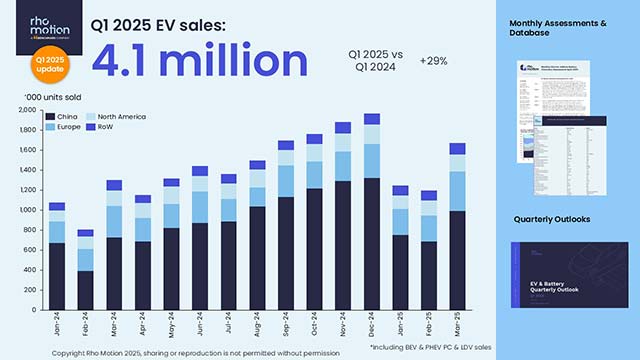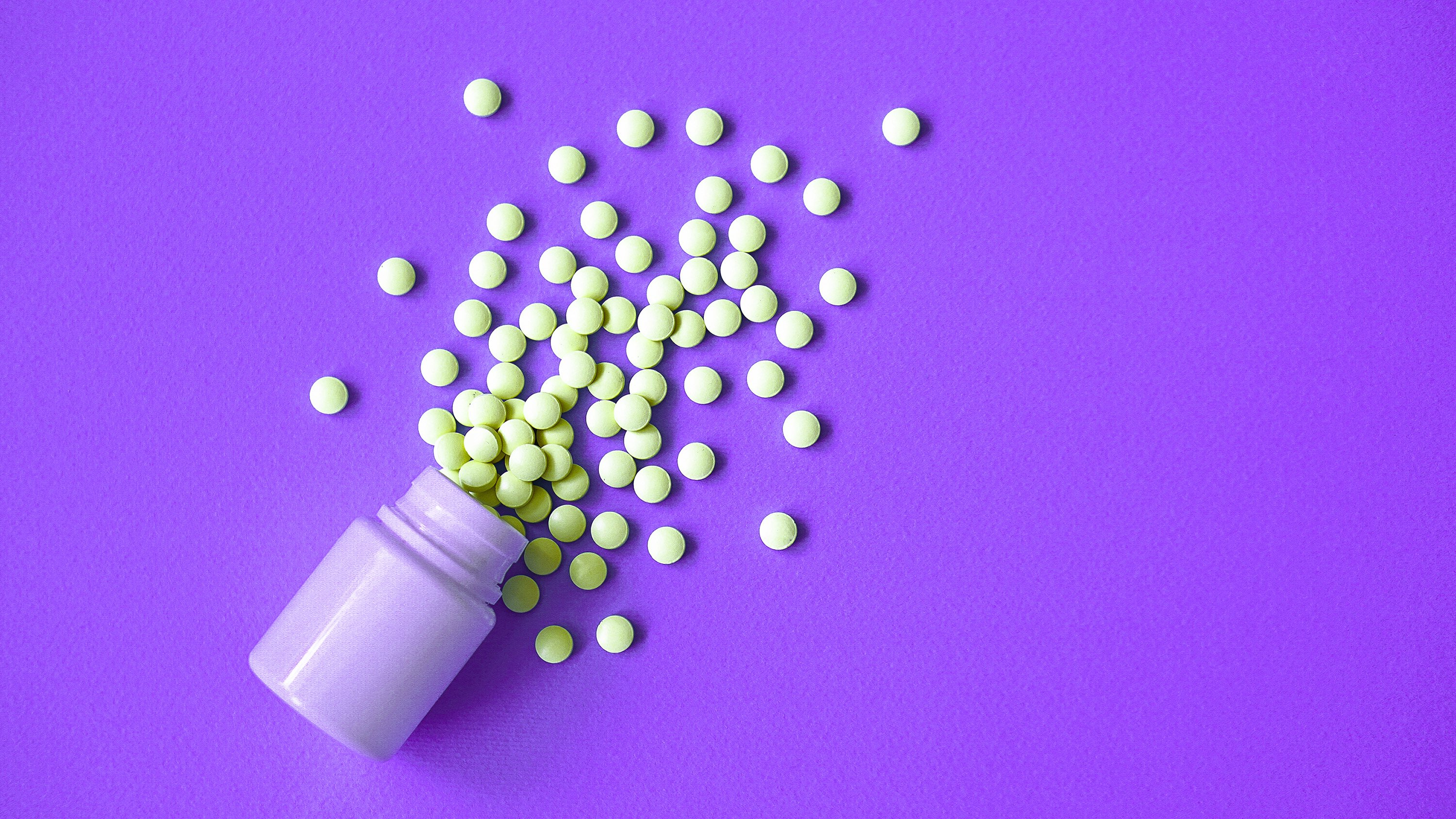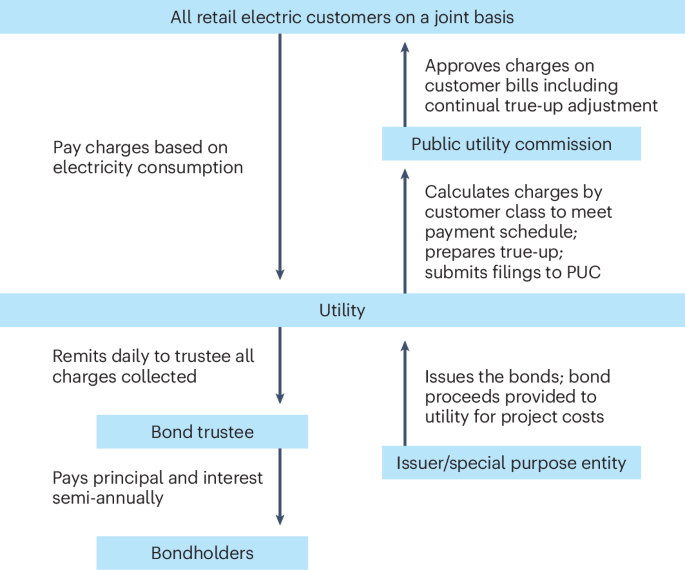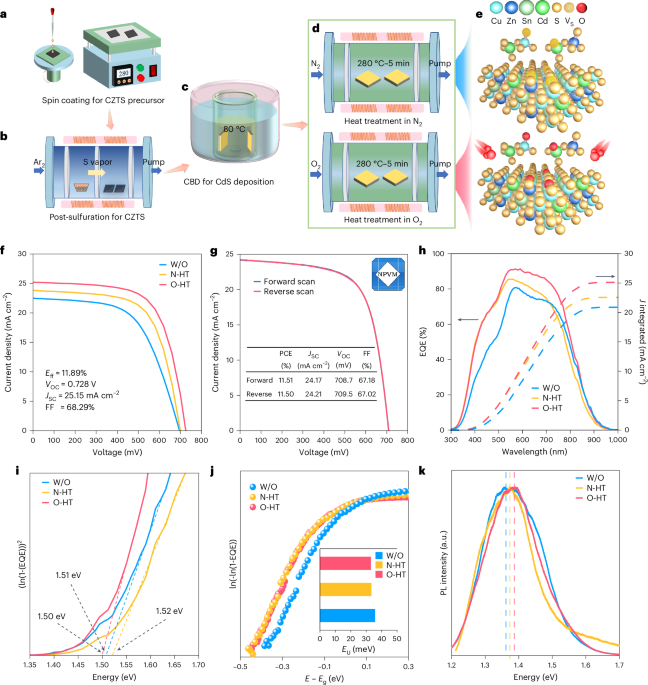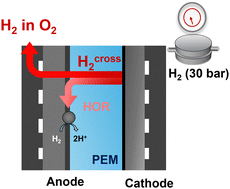Influence of Diffusion Field Alterations on Reactant and Intermediate Adsorption in Oxygen Reduction Pathways
Advanced Energy Materials, EarlyView.

The interparticle distance modulates the O2 diffusion field around Pt nanoparticles, consequently affecting H2O2 adsorption and determining the electron transfer numbers of the oxygen reduction reaction (ORR). When active sites are scarce and isolated, a spherical diffusion model better describes oxygen transfer, leading to faster rates and less surface oxygen depletion. This insight has the potential to transform the understanding of ORR in fuel cells.
Abstract
The oxygen reduction reaction (ORR) on platinum (Pt) electrodes in acidic electrolytes can occur via two pathways, with the four-electron pathway typically dominating. While much of the existing literature has focused on structure-activity relationships to explain the switching between these pathways, the influence of mesoscopic mass transport—specifically related to modifications in the diffusion field—has received limited attention. In this study, the loading of Pt nanoparticles is systematically varied to create materials with comparable physicochemical properties but differing interparticle distances (IPD). Electrochemical impedance spectroscopy revealed that modifications in interparticle distance significantly alter the O2 diffusion field, which subsequently impacts the adsorption of H2O2 and dictates the reaction pathways. Notably, increasing the IPD from 58.6 to 117.0 nm led to a substantial increase in H2O2 selectivity in acidic conditions, rising from 4.6 to 81.5%. The findings highlight the pivotal role of diffusion field modifications in influencing reactant and intermediate adsorption, thereby shaping the mechanisms of electrocatalysis.






























